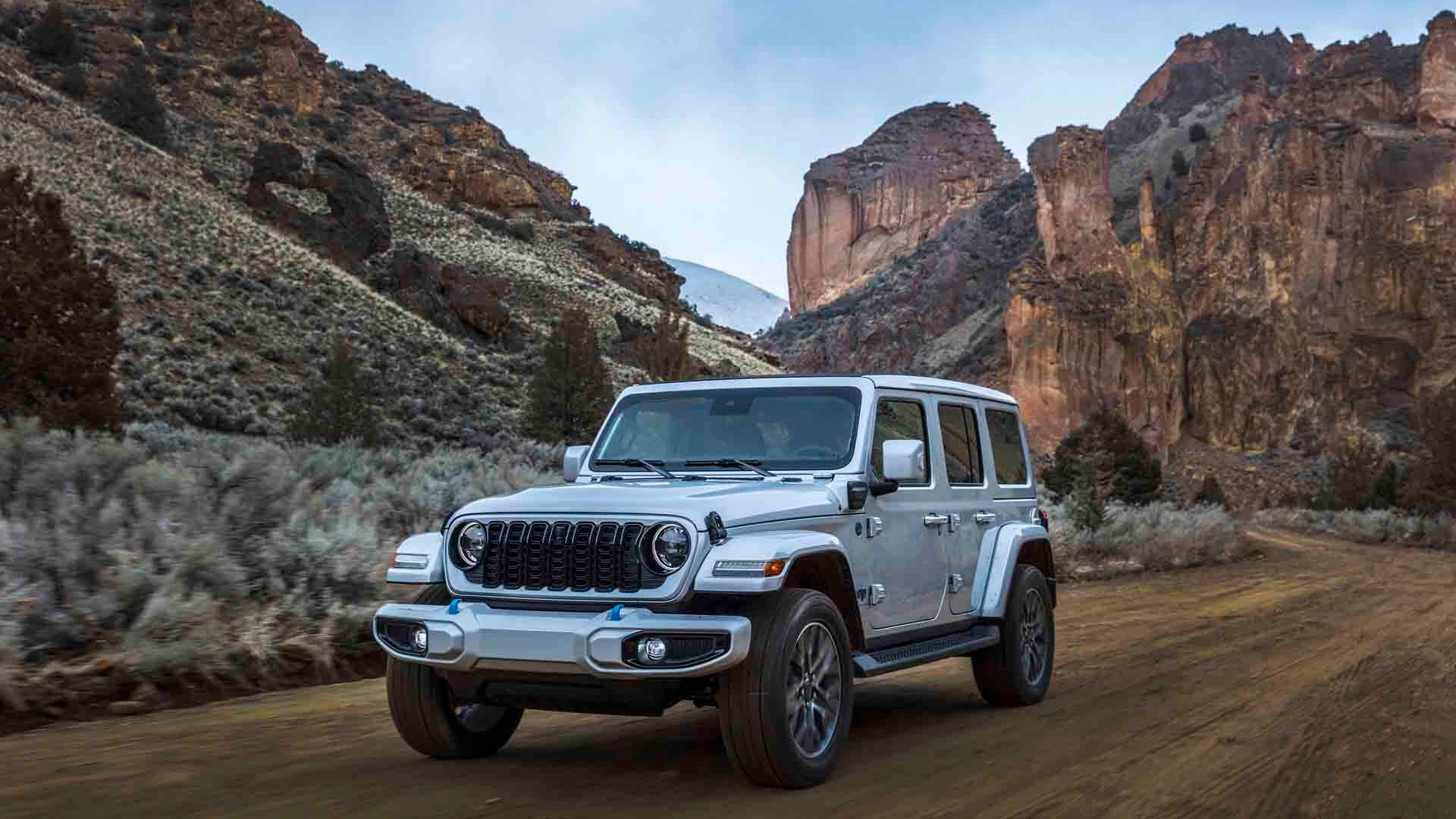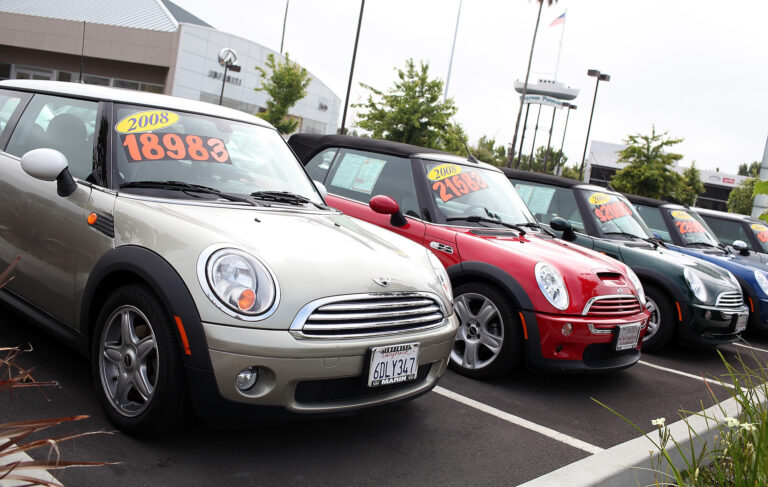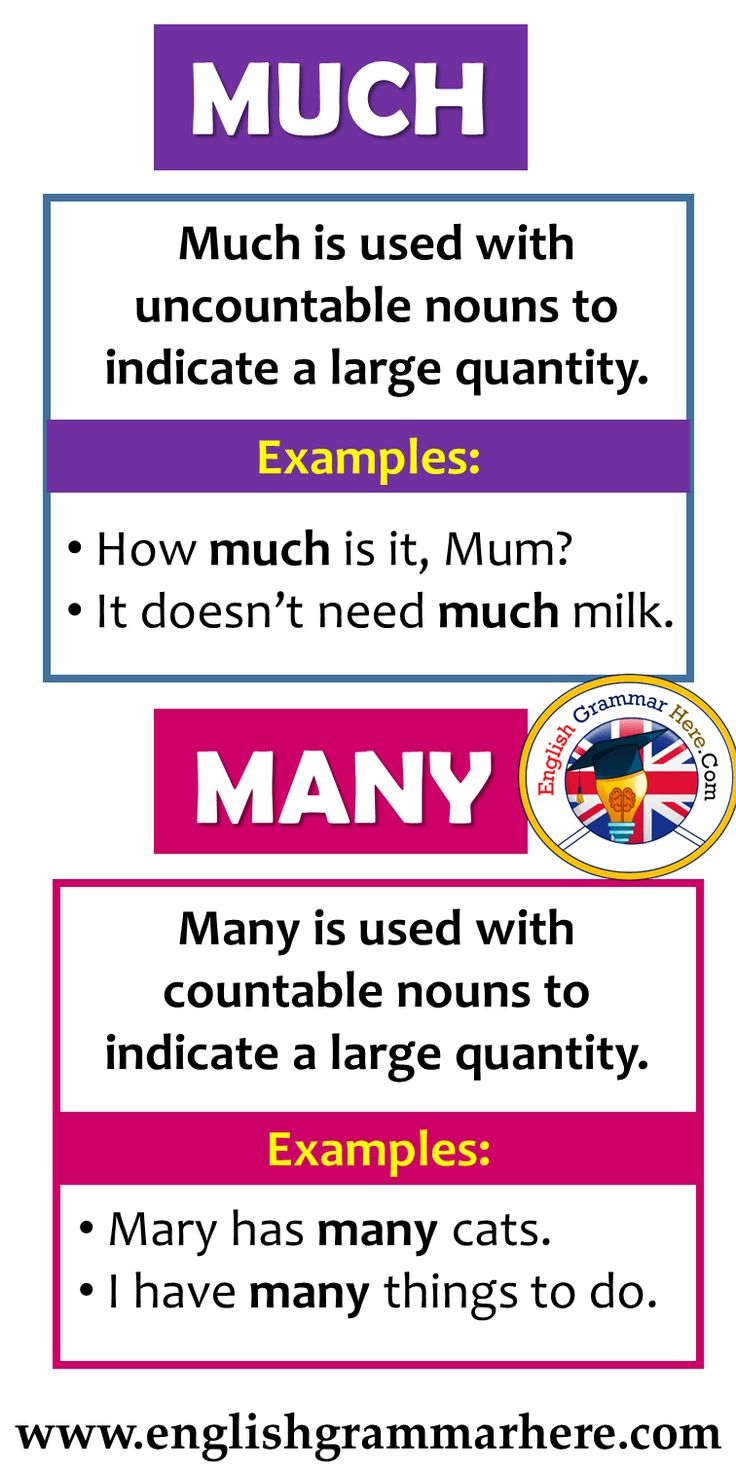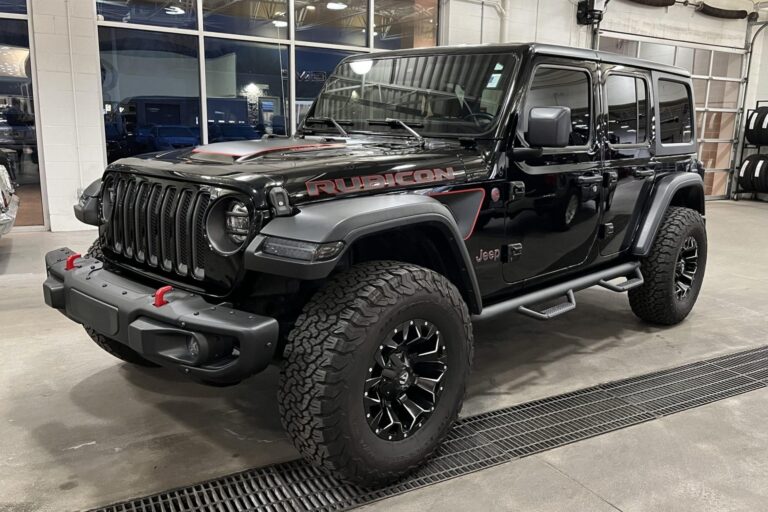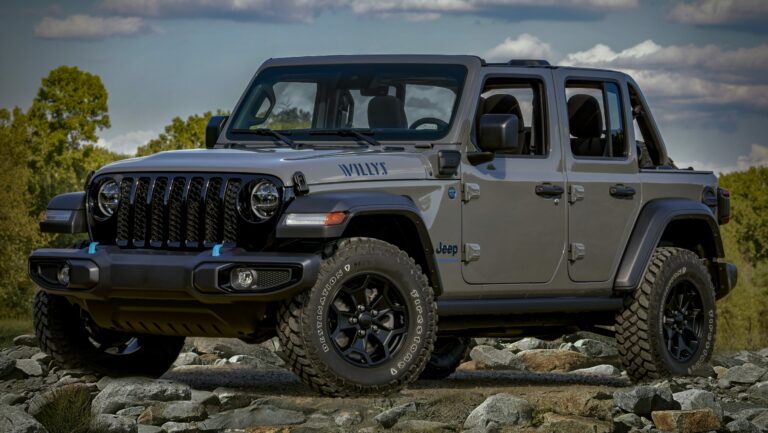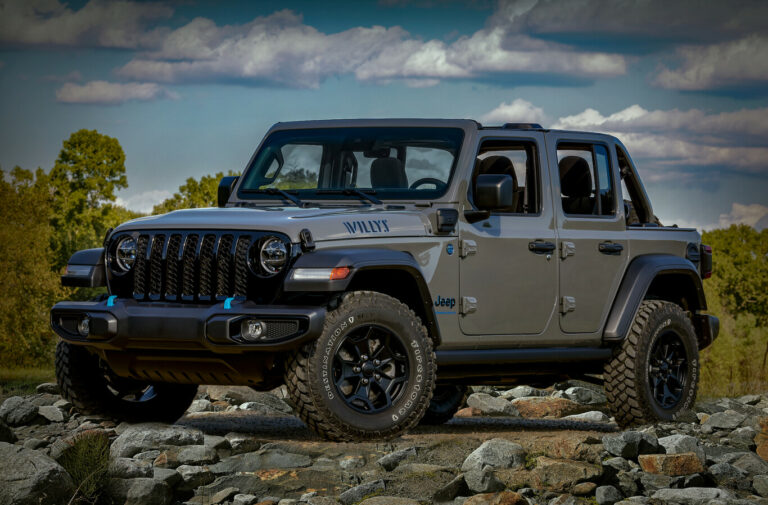Jeep Wrangler Versus Rubicon: A Comprehensive Guide to Choosing Your Off-Road Companion
Jeep Wrangler Versus Rubicon: A Comprehensive Guide to Choosing Your Off-Road Companion jeeps.truckstrend.com
The Jeep Wrangler is more than just a vehicle; it’s an icon, a symbol of adventure, and a gateway to the great outdoors. For decades, its rugged capabilities and distinctive design have captivated enthusiasts worldwide. However, when it comes to purchasing a Wrangler, prospective buyers often face a pivotal decision: to opt for a standard Wrangler trim or to elevate their experience with the highly specialized Rubicon model. This comparison isn’t merely about features; it’s about understanding your true needs, your intended adventures, and the nuanced differences that set these two formidable machines apart.
This comprehensive guide aims to dissect the "Jeep Wrangler Versus Rubicon" debate, providing an in-depth analysis of their unique attributes, capabilities, and the scenarios in which each truly shines. By exploring their core distinctions, on-road manners, pricing, and aftermarket potential, we’ll equip you with the knowledge to make an informed choice that perfectly aligns with your off-roading aspirations.
Jeep Wrangler Versus Rubicon: A Comprehensive Guide to Choosing Your Off-Road Companion
Understanding the Jeep Wrangler Lineup
Before diving into the specifics of the Rubicon, it’s crucial to understand that "Wrangler" is the overarching model name, encompassing a diverse range of trims. From the entry-level Sport to the more refined Sahara, each Wrangler variant offers a unique blend of features and capabilities. The Rubicon, however, stands out as the undisputed king of off-road prowess within the factory lineup, purpose-built to conquer the most challenging terrains straight from the dealership floor. When we discuss "Wrangler versus Rubicon," we are essentially comparing the Rubicon’s specialized, extreme off-road package against the highly capable yet less specialized standard Wrangler trims.
The Core Difference: Unmatched Off-Road Prowess
The heart of the Rubicon’s appeal lies in its factory-installed suite of heavy-duty off-road equipment, designed to tackle conditions that would leave most other vehicles stranded. This is where it truly differentiates itself from its siblings.
The Rubicon’s Specialized Arsenal:
- Heavy-Duty Dana 44 Axles: Both the front and rear axles on the Rubicon are robust Dana 44s. These are significantly stronger than the Dana 30 front axles found on many non-Rubicon Wranglers (like the Sport and Sahara), providing enhanced durability and load-bearing capacity, crucial for aggressive off-roading and accommodating larger tires.
- Electronic Sway Bar Disconnect: This innovative feature allows the driver to electronically disconnect the front sway bar with the push of a button, dramatically increasing wheel articulation. This enables the wheels to move independently over uneven terrain, maintaining tire contact and maximizing traction over rocks and obstacles. Standard Wranglers lack this feature, limiting their articulation in challenging scenarios.
- Front and Rear Electronic Locking Differentials (Tru-Lok): These allow the driver to lock the front and/or rear axles, forcing both wheels on an axle to spin at the same rate, regardless of traction. This is invaluable when one wheel loses contact with the ground or is slipping, ensuring power is consistently delivered to the wheel with traction. Non-Rubicon Wranglers typically come with open differentials, though some offer a limited-slip differential (LSD) or a rear locker as an option, but rarely both front and rear.
- Rock-Trac 4:1 Low-Range Transfer Case: The Rubicon boasts a 4:1 crawl ratio in its low-range gearing (4LO). This means for every 4 rotations of the engine, the wheels rotate once, providing incredible torque multiplication at very low speeds. This precise control is essential for navigating steep inclines, descents, and intricate rock crawling, minimizing the need for heavy throttle input. Most other Wranglers feature a Command-Trac or Selec-Trac transfer case with a 2.72:1 low-range ratio, which is capable but less extreme.
- Larger Tires and Higher Clearance: Rubicons typically come from the factory with larger, more aggressive 33-inch mud-terrain tires (or even 35-inch on the Rubicon 392 and Xtreme Recon Package), providing superior grip and increased ground clearance compared to the 29-32 inch all-terrain tires on many standard Wranglers. This translates to better approach, departure, and breakover angles, reducing the risk of scraping the undercarriage.
- Enhanced Skid Plates: While all Wranglers have some underbody protection, the Rubicon usually features more comprehensive and robust skid plates to protect critical components like the fuel tank, transfer case, and transmission from trail damage.
![]()

Standard Wrangler Capabilities:
It’s important not to underestimate the capabilities of non-Rubicon Wranglers. Trims like the Sport, Willys, and Sahara are still incredibly capable off-roaders, far surpassing most SUVs. They can comfortably handle dirt roads, moderate trails, and light rock crawling. For the vast majority of users who engage in casual off-roading, camping trips, or navigating snowy conditions, a standard Wrangler offers more than sufficient capability. They might not have the specialized lockers or sway bar disconnect, but their solid axle design, short wheelbase (especially 2-door models), and robust 4×4 systems make them formidable vehicles in their own right.
On-Road Driving Experience
While the Rubicon excels off-road, its specialized equipment does impact its on-road demeanor. The aggressive mud-terrain tires often lead to increased road noise and a slightly less refined ride compared to the all-terrain tires on other trims. The heavy-duty suspension, while perfect for absorbing trail impacts, can feel firmer on pavement. Furthermore, the lower gearing, while excellent for crawling, can marginally affect highway fuel economy and lead to higher RPMs at cruising speeds, though modern transmissions mitigate this to a large extent.
Standard Wranglers, particularly the Sahara, tend to offer a more comfortable and quieter on-road experience. Their suspension tuning and tire choices are often geared towards a better balance between daily usability and off-road capability, making them preferable for those who spend more time on paved roads than on challenging trails.
Aesthetics and Design
Visually, the Rubicon often projects a more aggressive and purpose-built image. It typically features unique badging, larger fender flares to accommodate bigger tires, and sometimes different hood designs or rock rails. Non-Rubicon Wranglers still retain the iconic Jeep look but may appear slightly less "hardcore" in stock form. However, all Wranglers offer extensive customization options, allowing owners to tailor their vehicle’s appearance to their liking.
Price and Value Proposition
The Rubicon commands a significant price premium over other Wrangler trims. This higher cost is directly attributed to the expensive, factory-installed heavy-duty components and specialized off-road technology it includes.
When is the extra cost worth it?
- For the dedicated off-roader: If your primary use for the Wrangler involves tackling extreme rock crawling trails, deep mud, or very challenging technical terrain on a regular basis, the Rubicon’s factory features provide unparalleled capability and come with a factory warranty. Building a non-Rubicon to the same level of off-road prowess with aftermarket parts can easily exceed the Rubicon’s premium, often without the same level of integrated performance or warranty coverage.
- For peace of mind: Knowing your vehicle is equipped with the best factory off-road hardware right from the start can be a significant psychological benefit.
When is a standard Wrangler better value?
- For casual off-roaders/daily drivers: If your adventures involve light to moderate trails, camping, or simply navigating adverse weather, a Sport, Willys, or Sahara will serve you exceptionally well at a lower entry price.
- For budget-conscious buyers: The price difference can be substantial, allowing you to save money or allocate it to other priorities.
- For aftermarket enthusiasts: Many experienced off-roaders prefer to buy a base Wrangler and build it up exactly to their specifications, choosing aftermarket axles, lockers, and lift kits that might even surpass Rubicon capabilities for their specific use case. This allows for a more personalized and often more robust build, albeit at a potentially higher overall cost and with warranty considerations.
Aftermarket Modification Potential
Both the Rubicon and non-Rubicon Wranglers are platforms ripe for aftermarket modification, boasting one of the largest and most diverse aftermarket parts industries in the automotive world.
- Rubicon: Already equipped with many high-end components, owners often focus on lifts, larger tires (beyond 35-inch), enhanced armor, and specialized recovery gear. The foundational strength is already there.
- Standard Wrangler: Offers more "room" for fundamental upgrades. Enthusiasts can add lockers, stronger axles, re-gear their differentials, and install advanced suspension systems. However, the cost of adding these major components can quickly add up, potentially surpassing the initial price difference with a Rubicon.
Practical Advice and Actionable Insights
- Honestly Assess Your Needs: Do you really need to rock crawl over boulders the size of refrigerators? Or will you mostly be exploring forest service roads and moderate trails? Most people overestimate their actual off-road requirements.
- Consider Your Budget: The Rubicon is an investment. Factor in not just the purchase price but also potential running costs (slightly lower MPG, more expensive tires).
- Think About Daily Driving: If this will be your primary vehicle for commuting, school runs, or long highway trips, the increased comfort and quieter ride of a non-Rubicon might be more appealing.
- Future Modification Plans: If you dream of building a highly customized rig, a base Wrangler might be a better canvas. If you want top-tier capability straight from the factory, the Rubicon is the way to go.
- Test Drive Both: The best way to understand the difference is to drive a Rubicon and at least one other Wrangler trim (e.g., a Sahara or Willys) back-to-back, both on and off-road if possible.
Jeep Wrangler Versus Rubicon: Estimated Starting Price Table (2024 Models)
Please note: Prices are estimated starting MSRPs for the US market and can vary significantly based on configuration, options, dealer markups, and regional incentives. Always check with an authorized dealer for the most current pricing.
| Feature/Trim Level | Jeep Wrangler Sport (2-door/4-door) | Jeep Wrangler Willys (2-door/4-door) | Jeep Wrangler Sahara (4-door) | Jeep Wrangler Rubicon (2-door/4-door) |
|---|---|---|---|---|
| Target User | Entry-level off-roader, daily driver | Moderate off-roader, classic look | Daily driver, comfortable, stylish | Serious off-roader, rock crawling |
| Starting MSRP (Est.) | ~$32,000 – $36,000 | ~$39,000 – $43,000 | ~$49,000 – $53,000 | ~$46,000 – $56,000 |
| Front Axle | Dana 30 | Dana 30 (or Dana 44 on some configs) | Dana 30 | Dana 44 |
| Rear Axle | Dana 35 (or Dana 44 on some configs) | Dana 44 | Dana 44 | Dana 44 |
| Transfer Case | Command-Trac (2.72:1) | Command-Trac (2.72:1) | Selec-Trac (2.72:1 full-time) | Rock-Trac (4:1) |
| Differential Lockers | Open (optional Trac-Lok LSD) | Optional rear locker (Trac-Lok LSD) | Open (optional Trac-Lok LSD) | Front & Rear Tru-Lok (electronic) |
| Sway Bar Disconnect | No | No | No | Electronic Front |
| Tires (Stock) | 29-32 inch (all-season) | 32-33 inch (mud-terrain) | 32 inch (all-terrain) | 33-35 inch (mud-terrain) |
| Ground Clearance | Good | Better | Good | Excellent |
| Skid Plates | Basic | Enhanced | Basic | Comprehensive |
| Ride Comfort (On-Road) | Good | Fair to Good | Excellent | Fair (due to aggressive tires/susp) |
| Fuel Economy | Better (relatively) | Good | Good | Lower (due to gearing/tires) |
Frequently Asked Questions (FAQ)
Q: Can a non-Rubicon Wrangler be modified to be as capable as a Rubicon?
A: Yes, absolutely. With significant aftermarket investment in axles, lockers, transfer cases, and suspension, a non-Rubicon Wrangler can often surpass the Rubicon’s capabilities. However, this will be expensive, time-consuming, and may void certain factory warranties.
Q: Is the Rubicon good for daily driving?
A: It can be, but it’s optimized for extreme off-road performance. This means you might experience a firmer ride, increased road noise from the aggressive tires, and potentially slightly lower fuel economy compared to other Wrangler trims. Many Rubicon owners daily drive them without issue, but it’s a compromise.
Q: What’s the main reason the Rubicon costs significantly more?
A: The higher price is due to the inclusion of expensive, heavy-duty factory-installed components such as stronger Dana 44 axles, electronic locking differentials, the electronic sway bar disconnect system, and the 4:1 Rock-Trac transfer case. These are specialized, high-performance parts that add considerable value and capability.
Q: Do I need a Rubicon if I just plan on going camping or exploring light trails?
A: Probably not. A standard Wrangler trim like the Sport, Willys, or Sahara, especially when equipped with good all-terrain or mud-terrain tires, is more than capable of handling most light to moderate off-road adventures, fire roads, and snowy conditions comfortably and efficiently.
Q: What are the biggest drawbacks of the Rubicon?
A: Its main drawbacks are its higher upfront cost, potentially less refined on-road ride quality due to its off-road optimization, and marginally worse fuel economy compared to other trims.
Conclusion
The choice between a Jeep Wrangler and a Rubicon ultimately boils down to your personal priorities, budget, and the kind of adventures you envision. The Rubicon is undeniably the pinnacle of factory off-road performance within the Wrangler lineup, offering a ready-to-conquer package for the most demanding trails. Its specialized features provide unmatched capability and confidence when facing extreme conditions.
However, the standard Wrangler trims are formidable vehicles in their own right, offering impressive off-road prowess for the vast majority of enthusiasts, often with a more comfortable and cost-effective daily driving experience. For those who enjoy building their rig or whose off-road ambitions are more moderate, a non-Rubicon Wrangler can be an excellent, versatile, and budget-friendly choice.
In the end, there’s no single "best" Wrangler. The ideal Jeep is the one that perfectly aligns with your lifestyle, your intended use, and your spirit of adventure. By understanding the distinct advantages of each, you can confidently choose the Wrangler that will take you wherever you dream of going.
